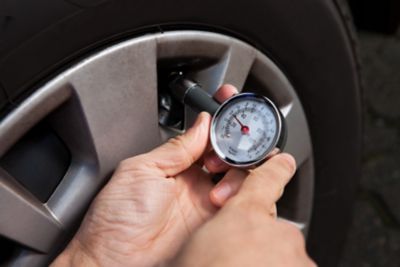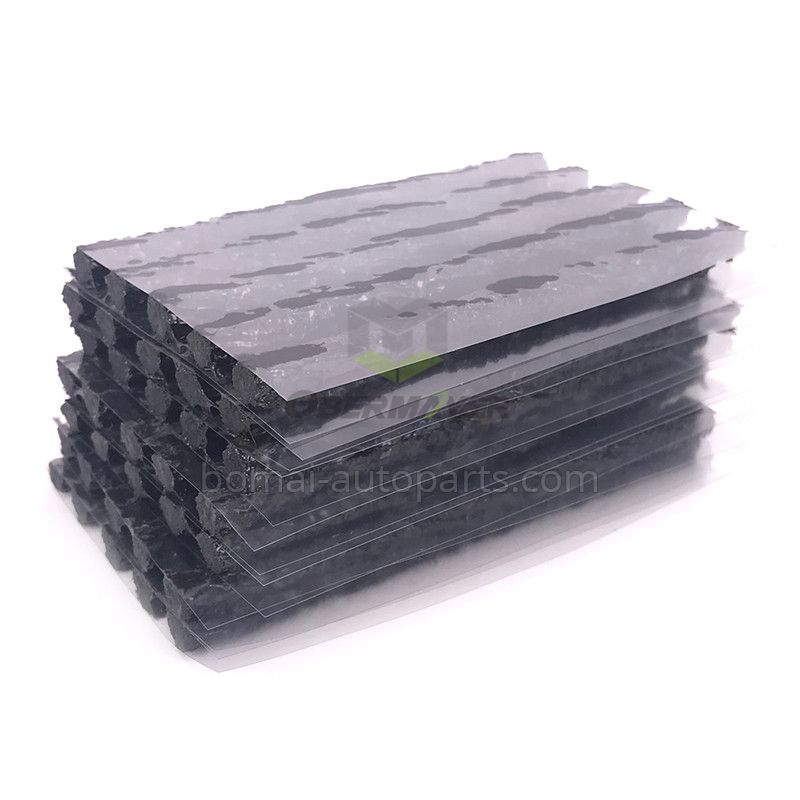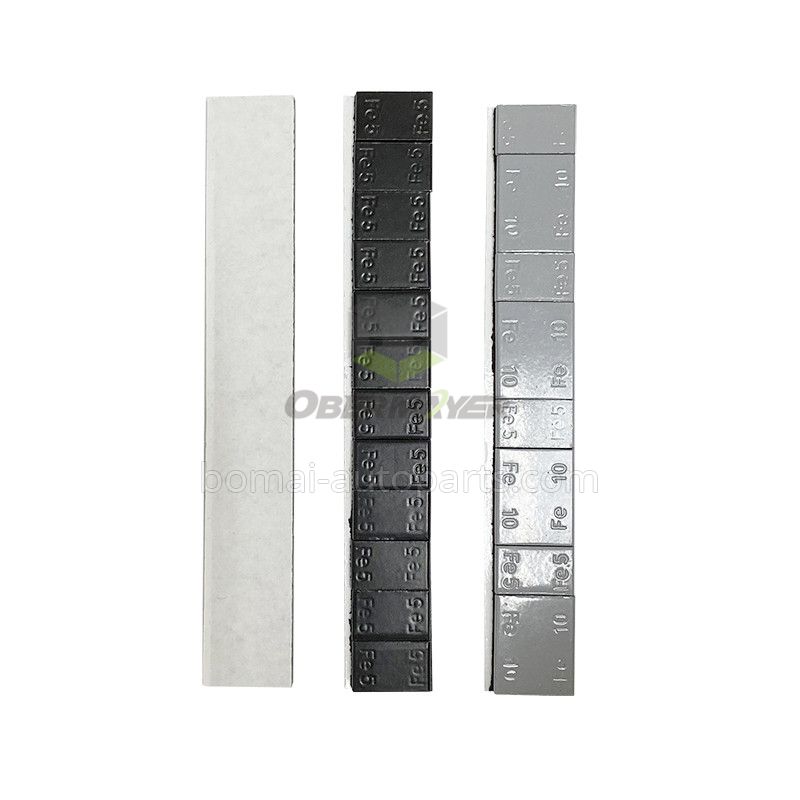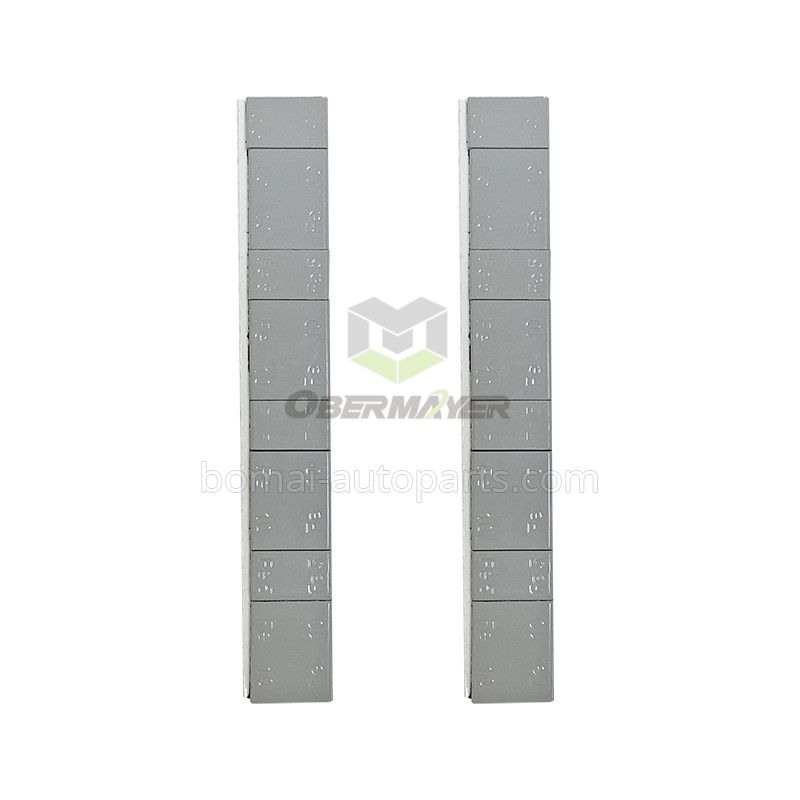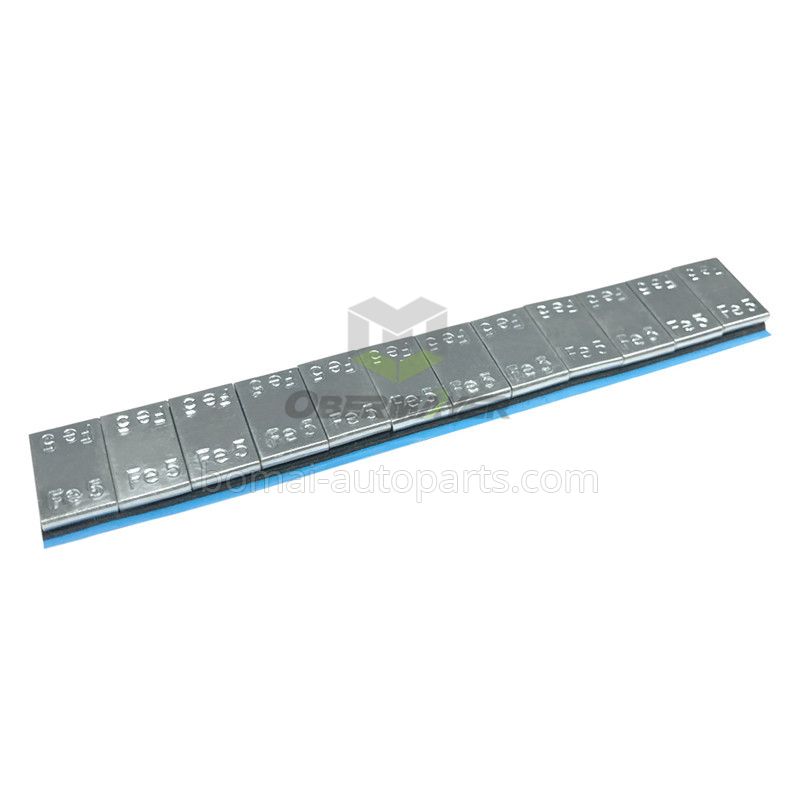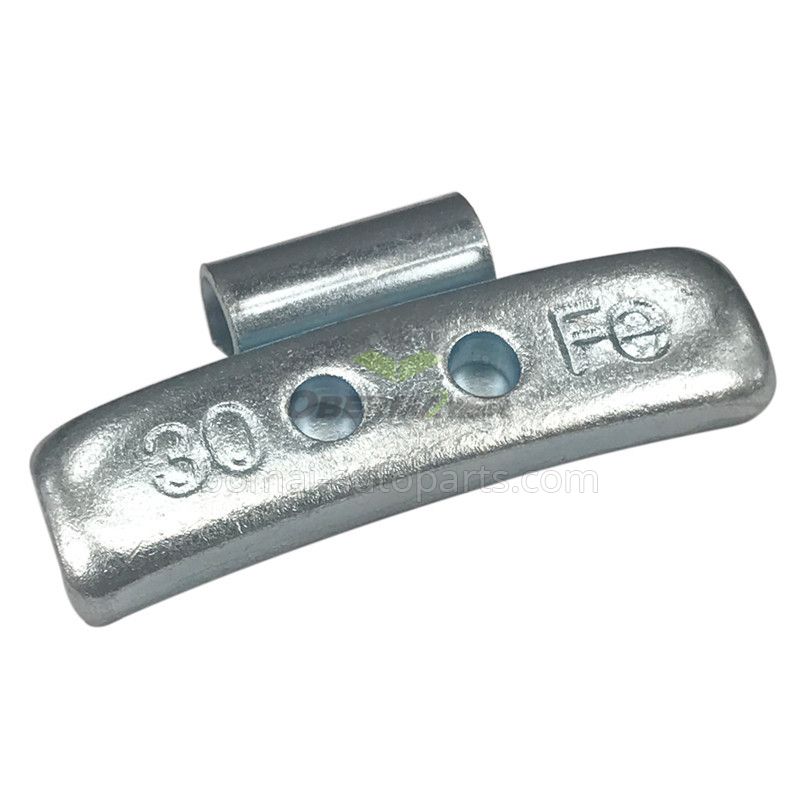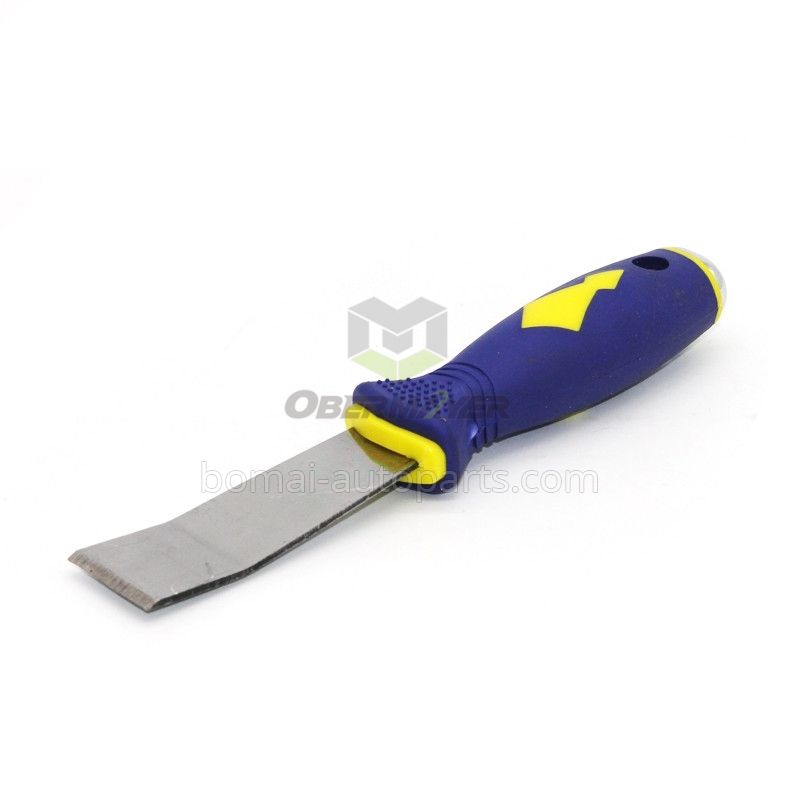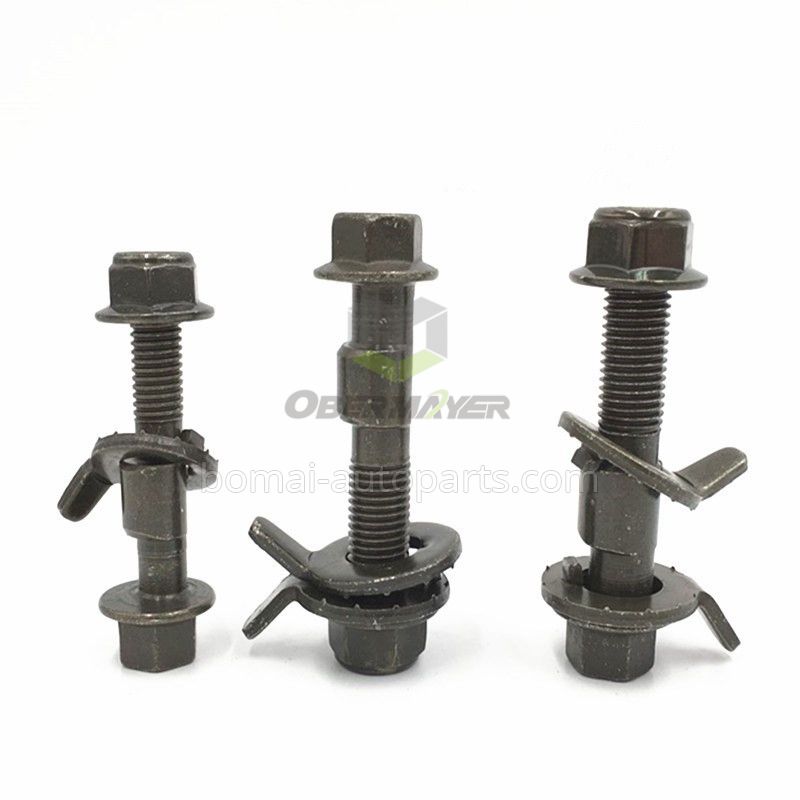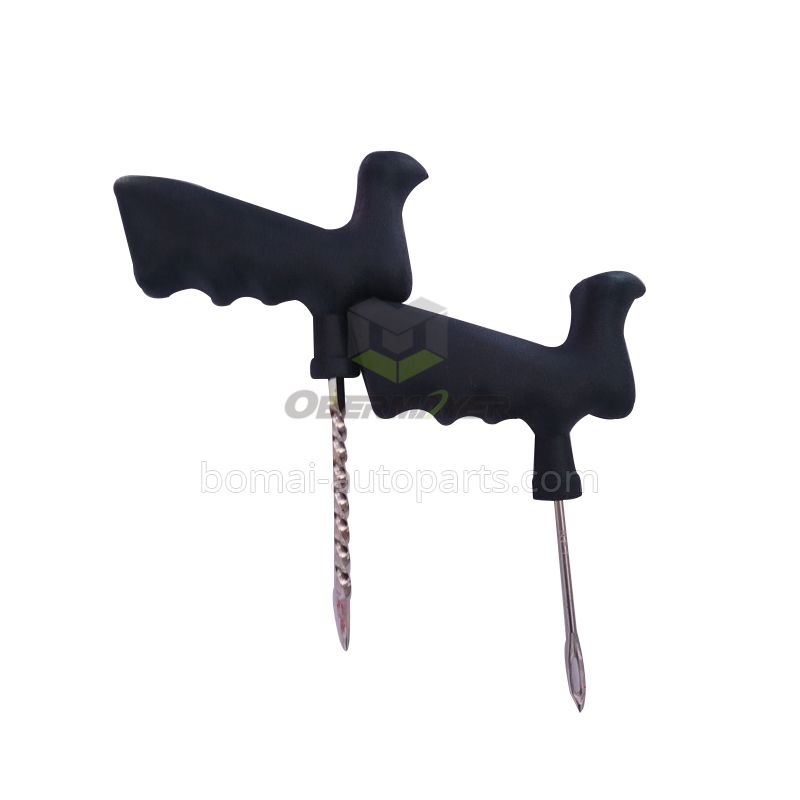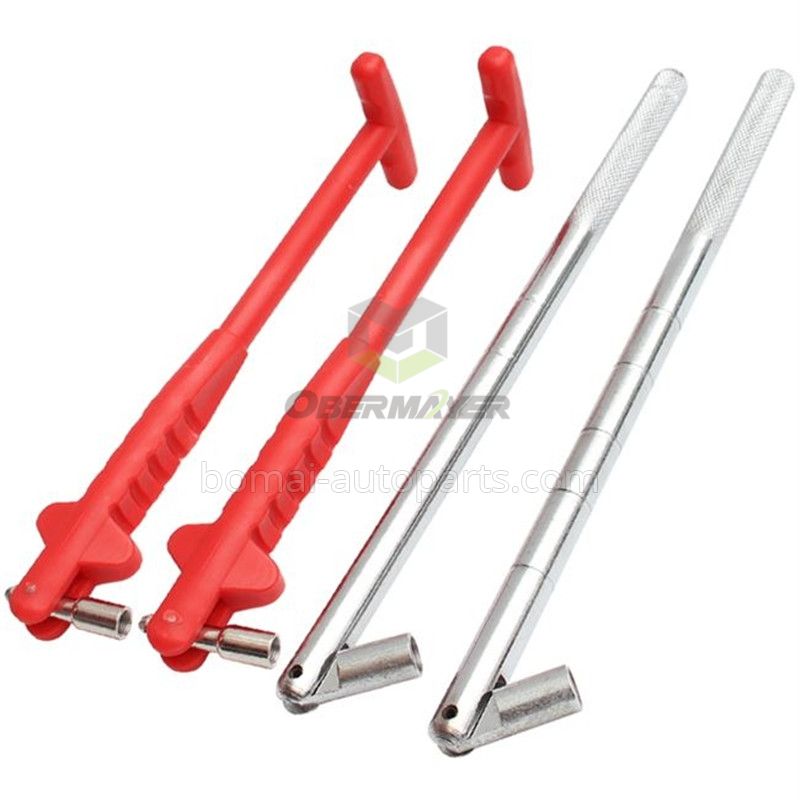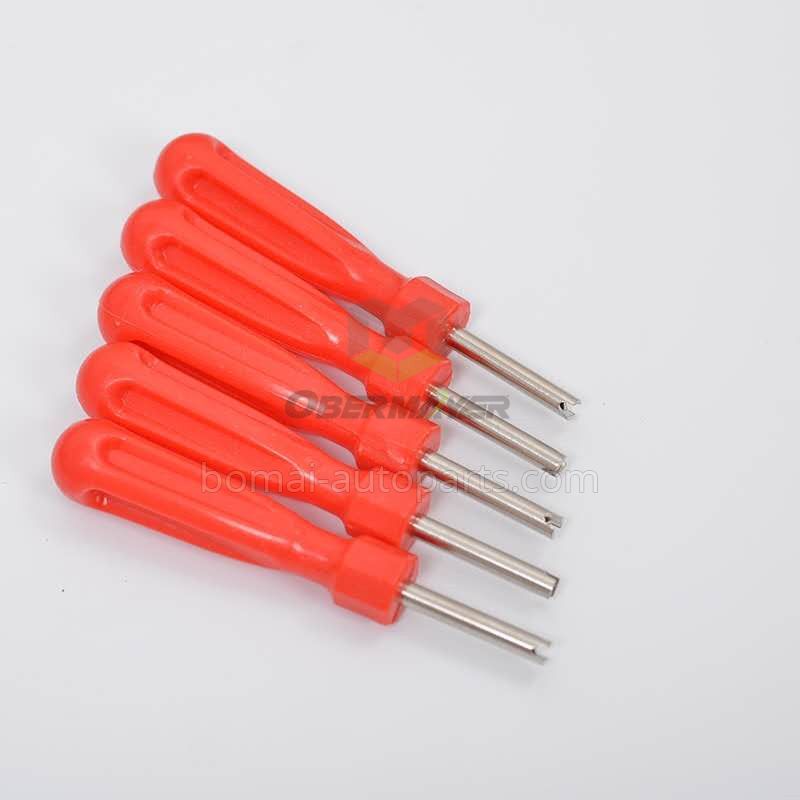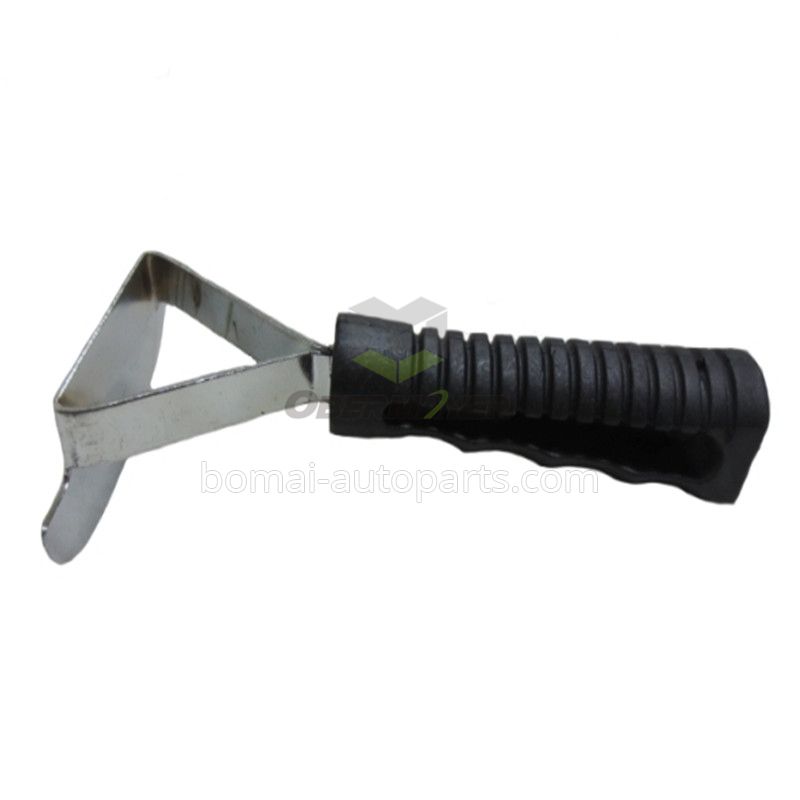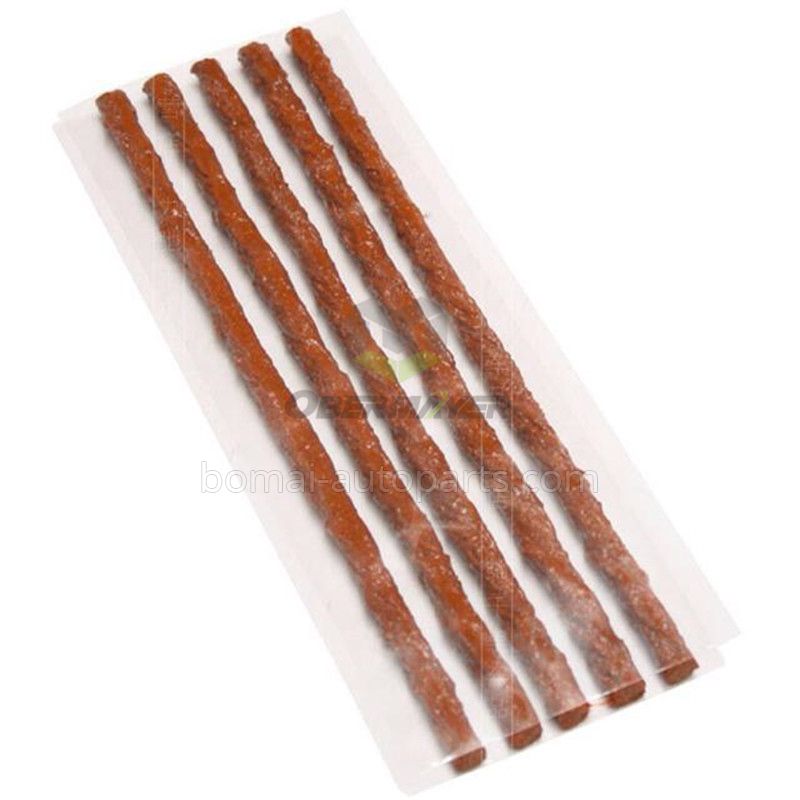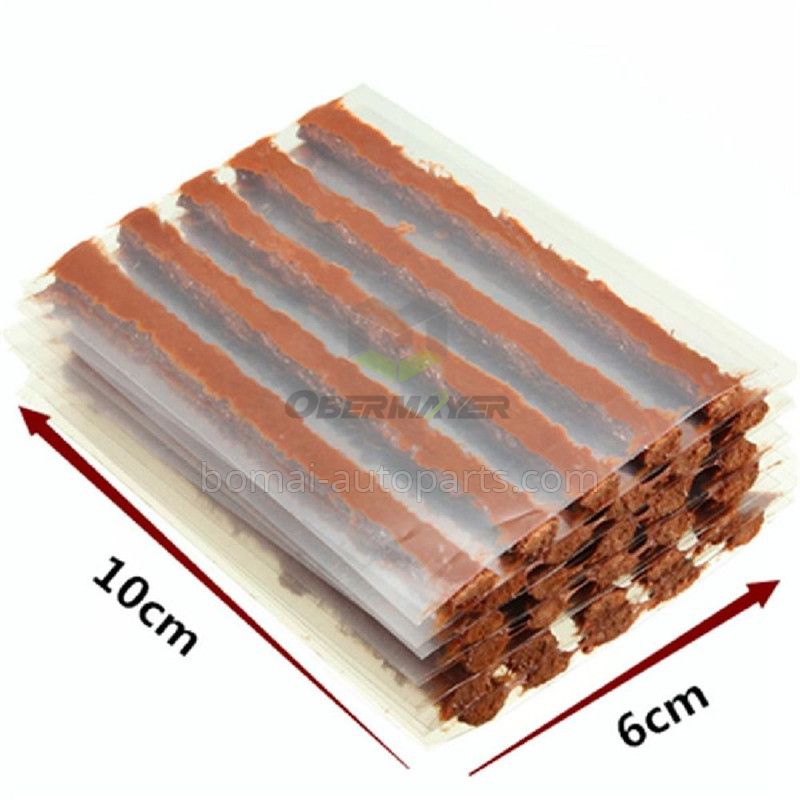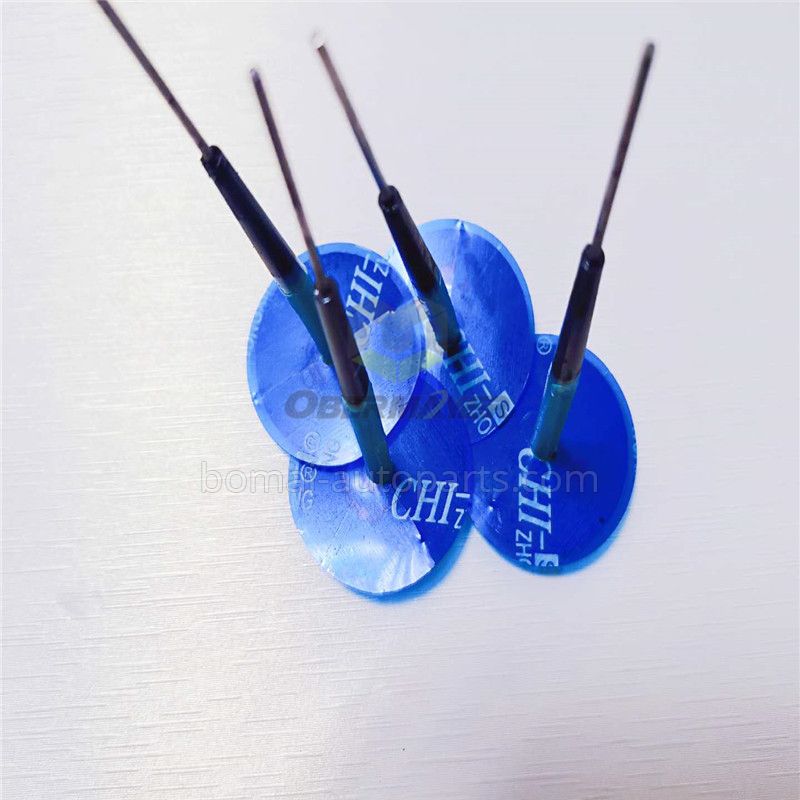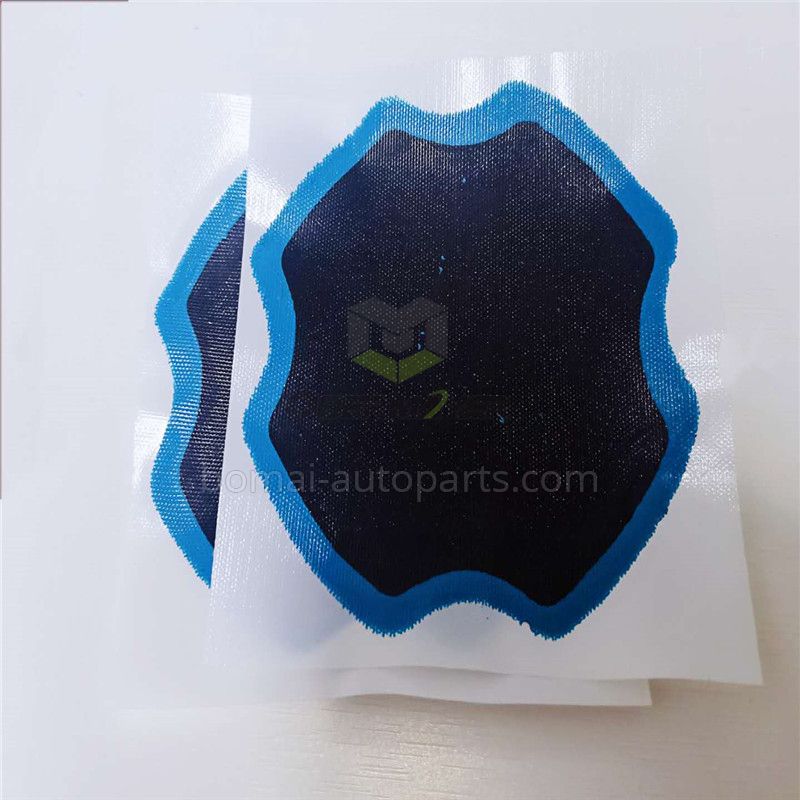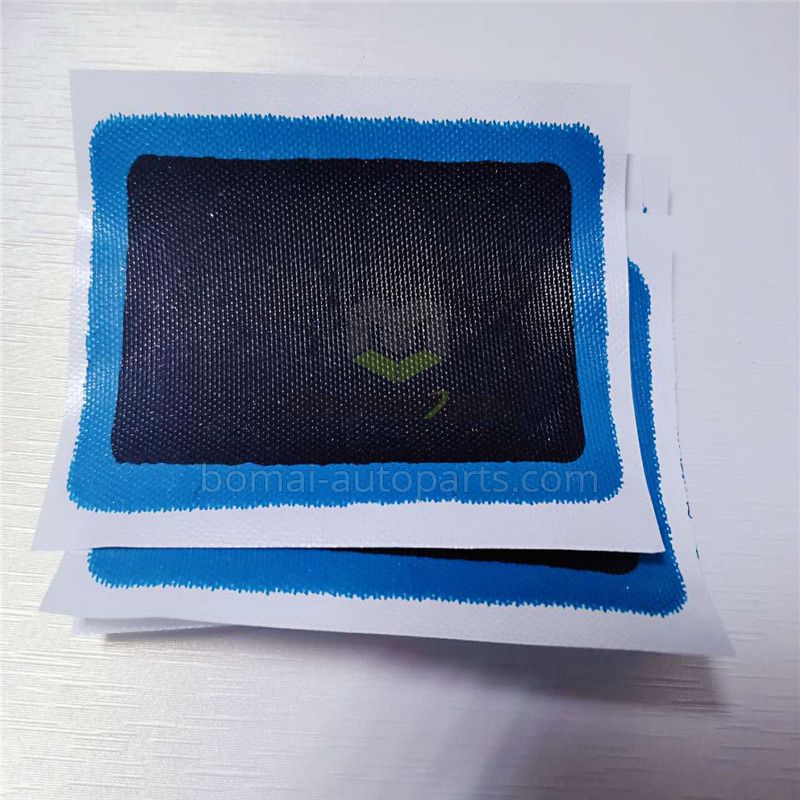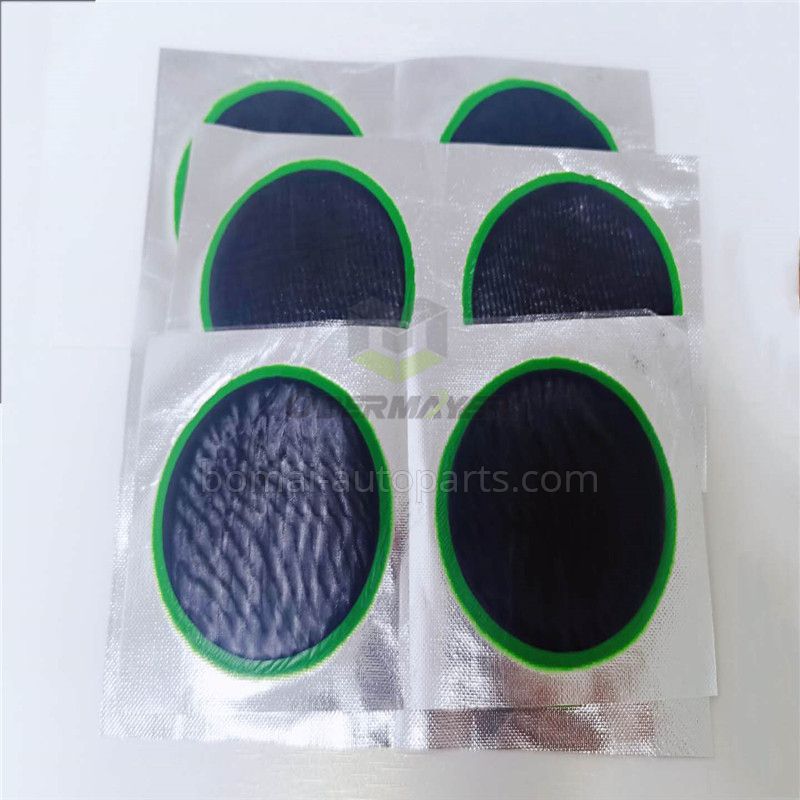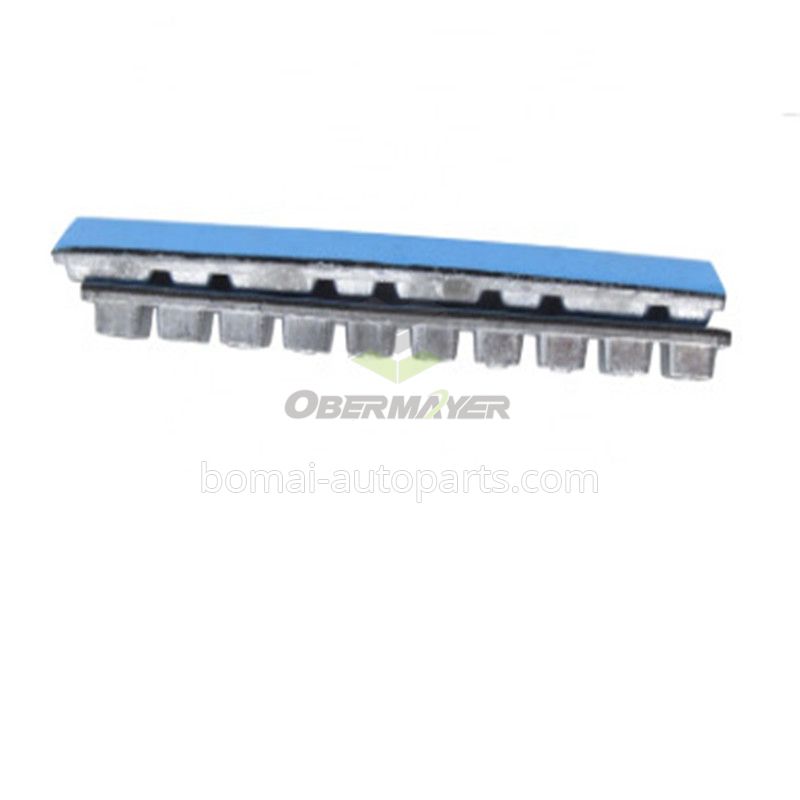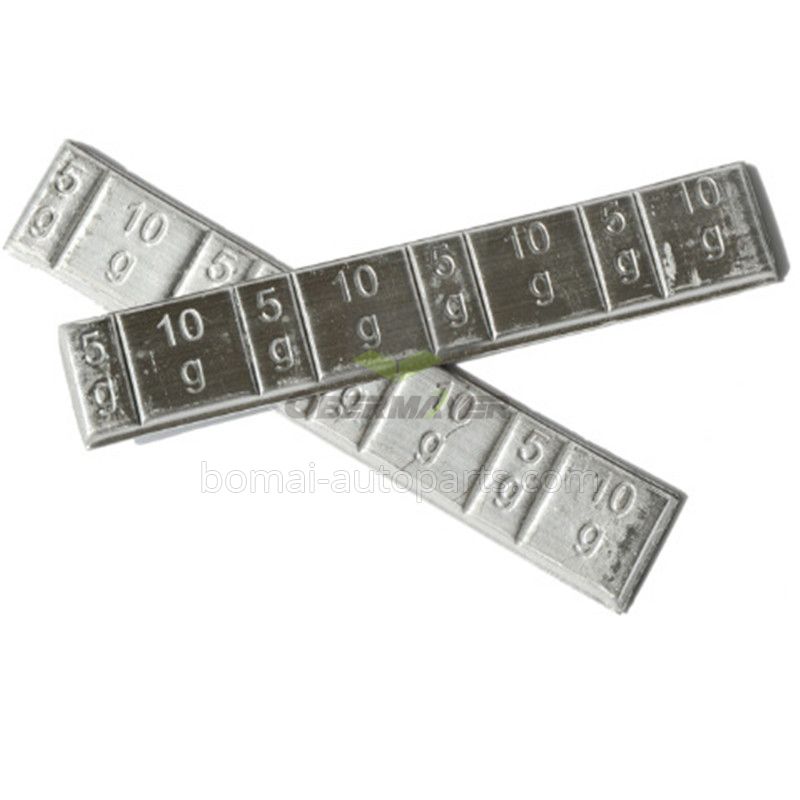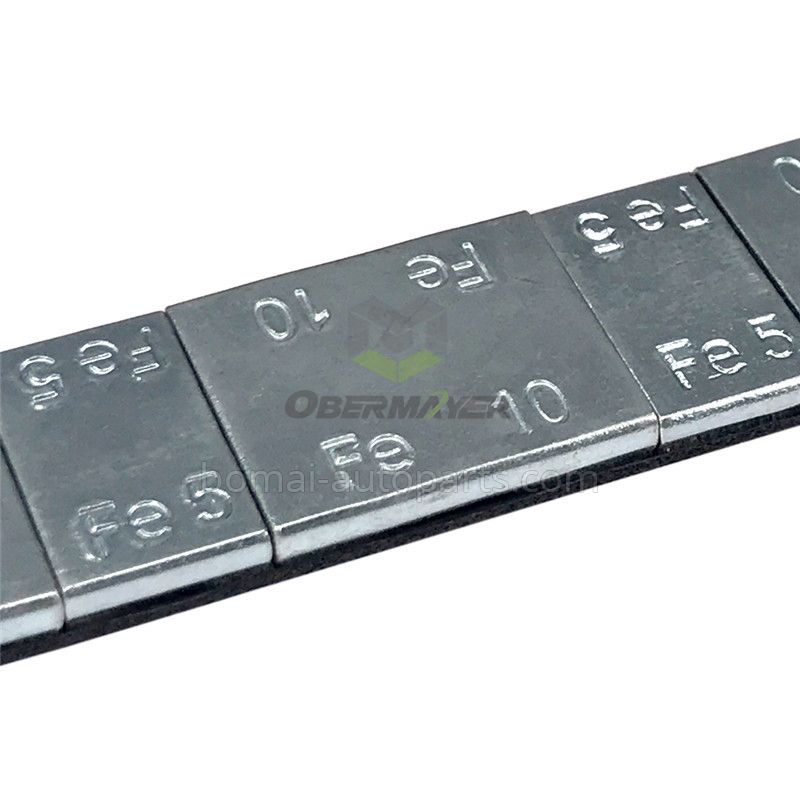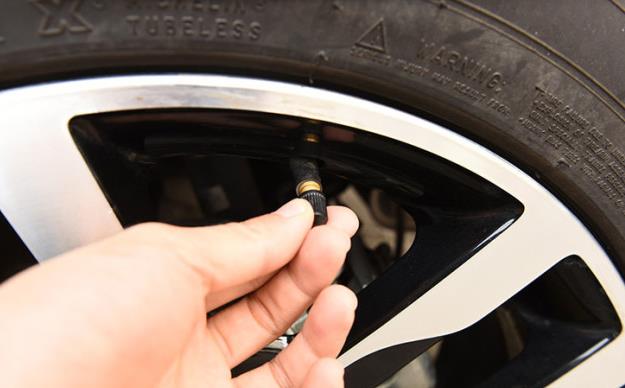Why Standard Tire Pressure is Important
Why Tire Pressure Matters
It pays to keep an eye on your tires. All kinds of factors can affect your tire pressure, so you should check it at least once a month. Otherwise, your vehicle's handling, performance and safety can take a turn for the worse. Your gas mileage can suffer as well as the life of your tires.
The importance of tire pressure is often underestimated, but keeping your tires inflated properly can help extend their life. Proper tire inflation will not only have a positive effect on your tires' tread wear but can also reduce your gas expenses and ensure safety for you and your family.
Dangers of Tire Over-Inflation and Under-Inflation
If your car is pulling to the left or right, that could be a sign of under-inflation, which causes increased friction because more of the tire is touching the road. That extra contact leads to overheating, which could cause tire failure. Over-inflated tires are problematic because less tread touches the road which means less stability and traction. Over-inflation can also make tires more susceptible to damage due to pot holes, rocks, curbs, etc.
Why Tire Pressure Changes
Changes in air temperature affect tire pressure, too. In fact, for every 10-degree change in air temperature, tire pressure changes about 2% - up when the temperature is higher and down when it's lower. So light-duty, standard-pressure tires (typically inflated to 30-50 psi) used on cars, vans and light trucks will change by about 1 psi. Heavy-duty, high-pressure tires (typically inflated to 80-100 psi) used on recreational vehicles, busses and trucks will change by about 2 psi.
Punctures can also be the cause to changes in your tires' pressure. Nails, screws, sharp rocks, broken glass and construction debris can all cause punctures that can lead to blowouts. They can also create slow leaks, which gradually lower tire pressure. So it's a good idea to check your tires for punctures, too.
How to Check Tire Pressure
The first thing to do is to see what the recommended tire pressure is for your vehicle. These are recommended pressures for the tires when cold. Tires are considered cold if driven less than 1 mile or after having sat for at least 3 hours. You can typically find this number in three places:
Tire pressure number is usually on the door jam on the driver's side.
Standard tire pressure can be found in your vehicle's manual.
You can get the standard tire pressure for your vehicle by following manufacturer recommendations. They tell you the recommended pressure for your vehicle for both the front and rear tires. In some applications, there might be slightly different pressures for the front and rear tires.
Checking your tire pressure monthly is the best way to make sure it is optimal. Take a quick look at your tires before you get into your vehicle and when you're at the fuel pump. It also helps to own a handheld pressure gauge and keep it in the glove compartment.
The Right Tire Pressure Has Its Upside
Tires that are optimally inflated can save you money at the gas pump. In fact, the U.S. Department of Energy, says that with the optimal tire pressure level, your gas mileage can improve by over 3%. That comes out to about 12 cents a gallon. Ultimately, the average consumer can save up to $94.00 a year.
Your Tire Pressure Monitoring System
If your vehicle was made after 2007, you will most likely have the Tire Pressure Monitoring System (TPMS) installed. Your vehicle's TPMS does exactly what it sounds like: it monitors your tires' air pressure. Then, it warns you if your tires are under- or overinflated. If either of these are the case, you'll see the TPMS symbol appear on your dash. If you happen to be driving, pull over when you can and check your tires' pressure. Then inflate or deflate them, depending on what their standard pressure should be.
For more information on Tire Safety, click here.
Previous: Winter Driving Tips
Next: Tire Safety Checklist



